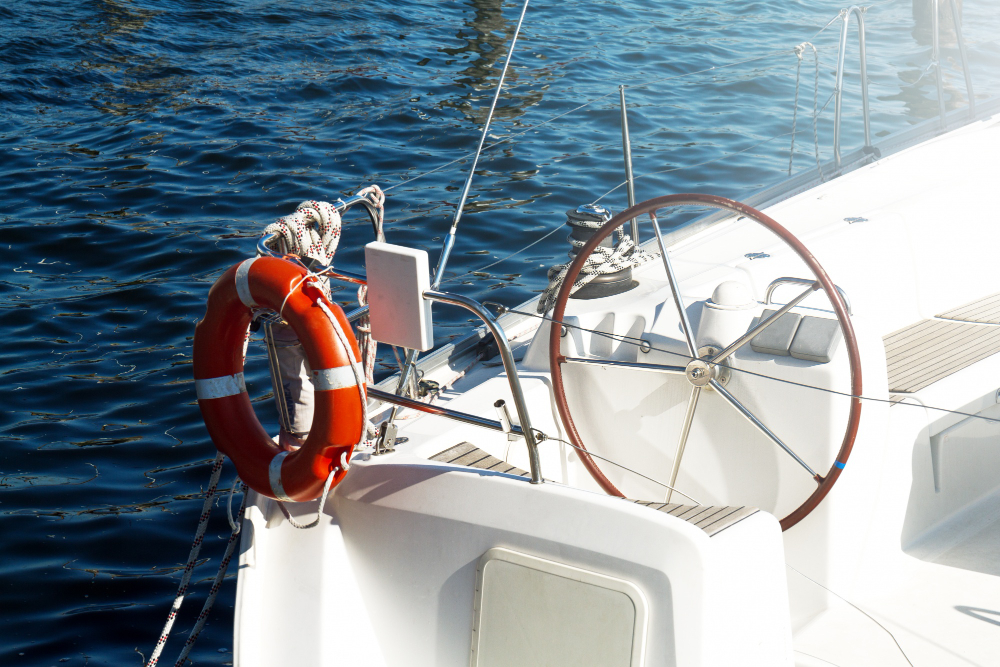A Guide to Marine Signal Flares and Distress Signals

When out on the open sea, it's important to be prepared for emergencies that may arise. One of the most critical tools in a boater's safety kit is a set of marine signal flares and distress signals. These signals can be used to alert other boats and the Coast Guard in the event of an emergency or distress call. In this blog post, we'll provide an overview of the different types of marine signal flares and distress signals and how they can be used effectively.
Types of Marine Signal Flares
There are three types of marine signal flares: hand-held flares, parachute flares, and smoke flares. Hand-held flares are inexpensive and easy to use; they produce a bright red light that can be seen for several miles. Parachute flares are larger and more powerful, and they can be seen from even greater distances. Smoke flares, as the name suggests, produce a plume of colored smoke that can be used to signal for help. It's important to note that flares have an expiration date, so always be sure to check the dates on your flares and replace them as needed.
Types of Distress Signals
In addition to marine signal flares, there are other ways to signal for help in an emergency. Two common distress signals are an orange smoke signal and a distress flag. An orange smoke signal is similar to a smoke flare, but it produces a smaller plume of smoke. It's typically used to indicate that you need help but are not in immediate danger. A distress flag, on the other hand, is a universal signal of distress. It should only be used in a life-threatening situation, such as when your boat is taking on water or you're stranded at sea.
Using Marine Signal Flares and Distress Signals
It's important to know how to use your flares and signals properly in an emergency. First and foremost, make sure your flares are easily accessible and that everyone on board knows where they are located. When you need to signal for help, make sure everyone on board is wearing life jackets and that your emergency radio is turned on. Use your flares sparingly, as they have a limited quantity and may be needed for additional distress signals. Finally, make sure you follow the instructions on the packaging when lighting your flares and signals.
Conclusion
Marine signal flares and distress signals are an essential part of any boater's safety kit. Knowing the different types of flares and signals available, as well as how to use them effectively, can save lives in an emergency. Be sure to check the expiration dates on your flares regularly and replace them as needed. Remember to always follow safety protocols when using flares and signals, and be prepared for any emergency that may arise. If you have any questions or concerns about your boating safety equipment, consult with a professional or contact Velocity Powerboats for more information on power boats in Sanford, FL.